
Archive
515 posts

Livestock husbandry poses challenges in determining odour impacts due to the heterogeneity and spatial extent of its odour sources. Agroscope and Empa have refined a method using trained assessors and validated it with tracer gases.

Milk MIR Spectra and Machine Learning to Verify Herbage Proportion in Dairy Herd Diets
How to verify grassland-based feeding? An approach based on machine learning and milk mid-infrared (MIR) spectra acquired from routine milk quality testing may be the answer.

Goat Husbandry: Standard Values for Feed Intake and Nutrient Excretion Adjusted
Standard values for livestock feed intake and excretion are essential for proper farm fertilisation planning and assessment of the farm’s nutrient balance. Agroscope adjusted the standard values for goats with the aim of improving nutrient-flow assessment.

Crude Protein and Phosphorus Levels in Poultry Feed – a Key to High Resource Efficiency
Commercial poultry farming has grown considerably in recent years. This study aims to analyse its protein supply and identify potential for optimising phosphorus utilisation and feed efficiency.

Sheep Husbandry: Feed Intake and Nutrient Excretion Guidelines Adjusted
Standard values for livestock feed intake and excretion are essential for proper farm fertilisation planning and assessment of the farm’s nutrient balance. Agroscope adjusted the standard values for sheep with the aim of improving nutrient-flow assessment.

A1/A2 Genetic Background of Cows, But Not Their Horn Status, Influences Milk Protein Digestion
The influence of horn status and the genetic variant of the (A1/A2) β-Casein milk protein on milk quality and digestion is the subject of much debate. This study shows that the milk of cows with a genetic difference in β-Casein is digested slightly differently in the human stomach, but that horn status has no effect in this regard.

Supplementary Feed for Piglets with Prenatal Growth Retardation
Piglets which as fetuses suffered from growth restriction in the uterus have lower birth weights and higher mortality. Postpartum targeted feeding enables improved development and weight gain.

Contact with Humans and Grazing Intensity Influence Meat Quality in Beef Heifers
Meat quality is influenced by many animal-related factors. An Agroscope study shows that intensive grazing on smaller paddocks with a corresponding frequent change of paddocks and contact with humans is positively associated with meat quality.

Economic Optimisation of Dairy Cattle Breeding
For the milk production systems in Switzerland, the weights of the traits in the total breeding value are derived using a new method that takes into account not only the revenue but also the direct costs.

Quality of Swiss Beef Confirmed by 2023 Survey
The results of the 2023 beef quality survey have been released. They show that the quality of Swiss meat overall is highly satisfactory, in terms of nutrition as well as technological and sensorial aspects.

Green Alder Encroachment Control: Combining Mechanical Clearing with Goat Grazing
The green alder encroachment of summer pastures reduces biodiversity, forage quality, and landscape attractiveness. Goat grazing can help limit this process and restore pasture vegetation.

The DNA of Franches-Montagnes Horses Reveals the Origin of the Breed
The genotype information of over 1,000 horses reveals that the Franches-Montagnes can be distinguished from other historically introgressed breeds. Furthermore, it has been demonstrated, that this kind of information can also be applied to manage the inbreeding within the population.

It’s Not All About Cheese: Cows and Hikers are Not the Only Ones to Benefit from Alpine Pastures
Alpine pastures provide forage for cattle, storage for CO2, food for pollinators, a habitat for countless plants, and fascinate us with their beauty. The extent to which these services are provided depends on location, climate – and cows.

Paratuberculosis in Cattle: International Evolution and Situation in Switzerland
A current overview of paratuberculosis describes this chronic disease of cattle, shows how it is being controlled internationally and in Switzerland, and explains why this is important.

Using 3D Imaging to Optimise the Diet of Growing Cattle
Fast and safe three-dimensional (3D) imaging technology gives good in vivo estimates of body and carcass chemical composition in growing beef cattle.

Consumers Prioritise Animal Welfare over Environmental Sustainability
A study conducted across five European countries has identified the attributes that are important to consumers buying meat and dairy products. The researchers also investigated whether sustainability labels were perceived as helpful.

Roughage Components in Nutrition of Layers – Does it Make Sense for Dual-Purpose Poultry?
Dual-purpose chicken play some role in Swiss organic agriculture. Their feed efficiency is a challenge, though. Would it help to use more extensive and fibre-rich feed for such genotypes?
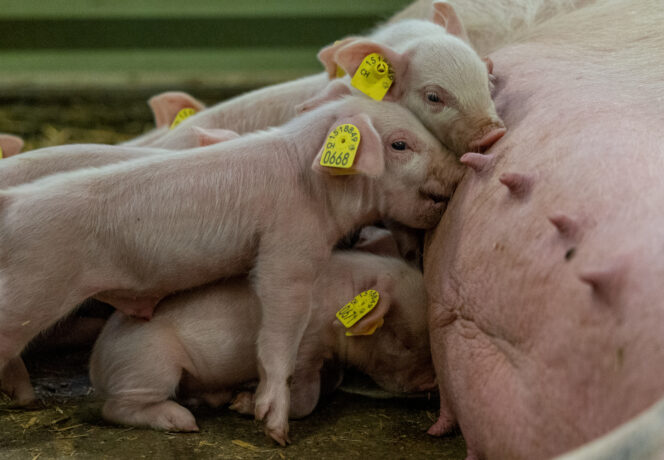
Dynamics of Bone Mineralisation in Sows and Phosphorus Excretion
Sows mobilise body reserves of phosphorus during lactation and replenish these reserves during gestation. Considering this dynamic allows us to envisage a reduction in dietary intake of phosphorus during lactation, and hence, of excretion into the environment.
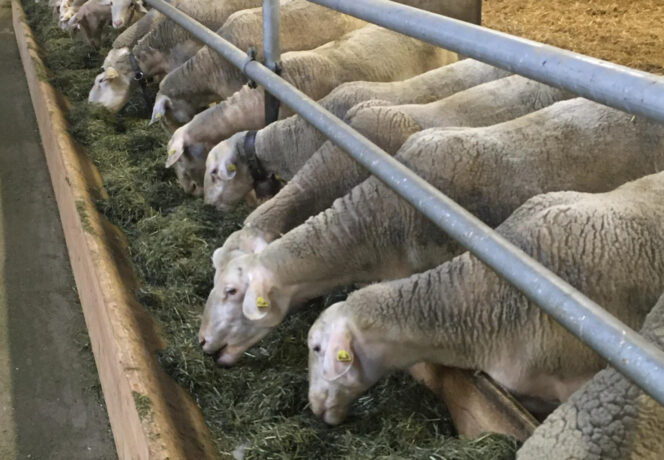
Forage-Based Mixed Rations for Dairy Sheep and Dairy Goats in Practice
Professionally managed dairy sheep and dairy goat farms are increasingly using mixed rations. The composition of rations fed in practice and the resulting milk yield potential were analysed.
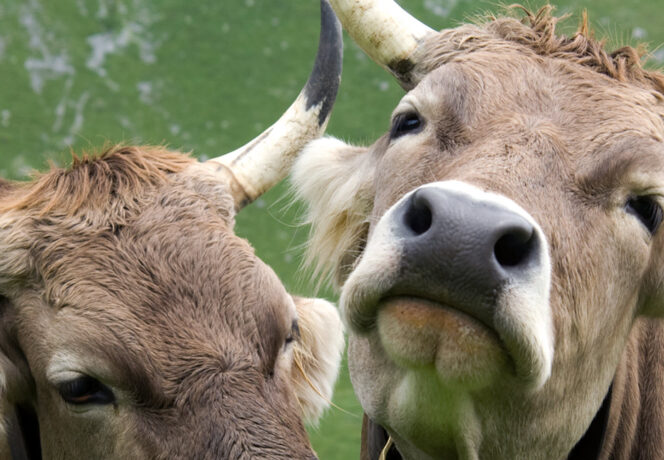
Consumers See Animal Welfare as a Key Agricultural Policy Goal
Agroscope researchers conducted an online survey to investigate the attitudes of Swiss consumers to agricultural policy goals in all three language regions. The results should help better shape agricultural policy.

Quality of Silages from Intensively Managed Permanent Meadows
While botanical composition, growth cycle and phenological stage are integral factors, they are not the sole determinants of the quality of grass silages from intensively managed permanent meadows.
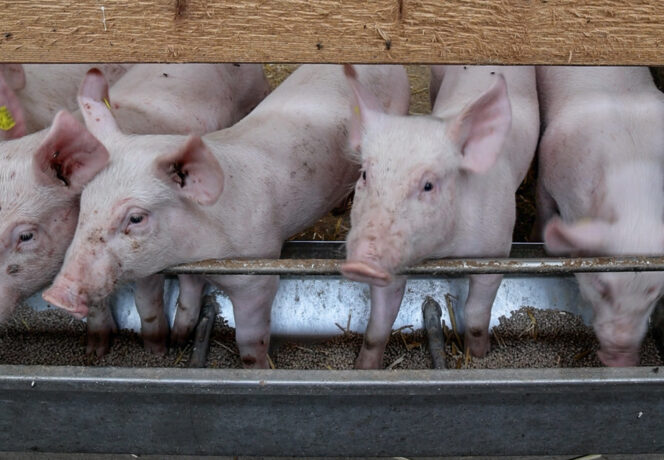
Using Former Food Products as Pig Feed Reduces Food Waste
Food that is unsuitable for human consumption does not affect the growth performance or carcass composition of pigs to which it is fed. This makes it a promising solution for reducing food waste.
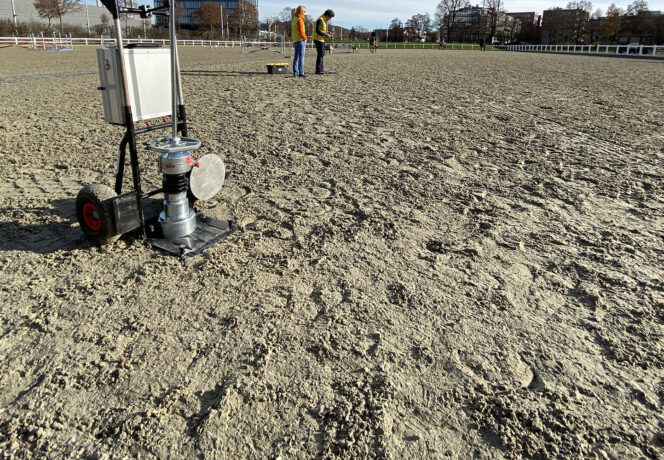
Functional Properties of Equestrian Arena Surfaces: Temporal and Spatial Variations
Horses are ridden or driven on a variety of surfaces, which differently absorb the impact forces exerted on hooves, limbs and the horse's entire body. Objective measurement of the functional properties of equestrian arena surfaces is therefore of great importance.

How Much Livestock Does Switzerland Need for Optimal Land Use?
Livestock can convert grassland and by-products into valuable food. But how many animals would Switzerland need if arable land were primarily used for food production instead of animal feed?

Extending the Productive Life of Dairy Cows: Who Has a Say?
Which stakeholders in the dairy sector have an influence on the productive life of dairy cows? Research results from FiBL and Agroscope suggest that broad-based cooperation is needed to create structures for a longer productive life.

Dairy Farming: Feed, Wind and Temperature Influence Ammonia and Nitrous Oxide Emissions
Agriculture is aiming to reduce greenhouse gas and ammonia emissions. Agroscope showed that for dairy cattle housing, feed composition plays a role in these emissions as well as wind and temperature.

What Effect Do Tannin-Containing Feeds Have on Methane Emissions from Dairy Cows?
Tannin-containing feedstuffs like Acacia mearnsii and sainfoin (Onobrychis viciifolia) have a measurable impact in reducing methane emissions from dairy cows. However, since these feedstuffs in some cases lead to productivity losses, careful consideration must be given to their use.

How Do Grazing Dairy Cows Respond Physiologically to Heat Stress?
Even in temperate climate zones, an increase in the ambient temperature and solar radiation can cause heat stress in grazing dairy cows. Agroscope studied the physiological changes in cows caused by increasing heat load.
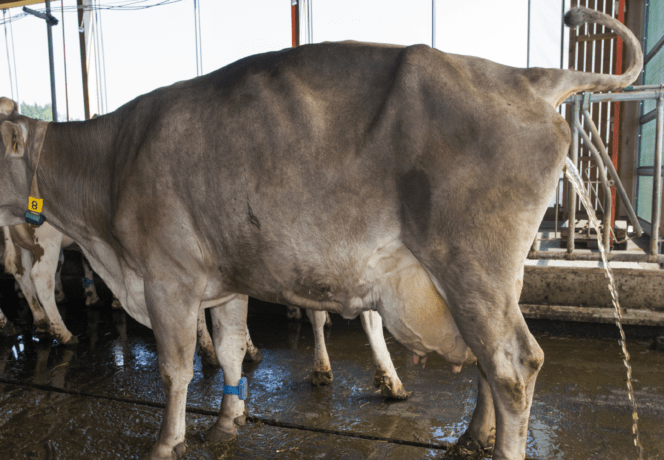
Sainfoin Silage and Acacia Extract Reduce the Nitrogen Content in the Urine of Dairy Cows
In dairy cows, herbage-based diets often lead to increased nitrogen excretion. Tanniferous sainfoin and extract of acacia can reduce nitrogen excretion from urine and thus ammonia volatilization from slurry.

Reducing Protein Content in Pig Feed
Excessive nitrogen inputs from the air lead to over-fertilisation of sensitive ecosystems. Continuous feeding optimisation can make an important contribution to reducing ammonia losses and thus nitrogen inputs.